Trivet opened in November 2019 in the premises that used to house Londrino. This is the first restaurant of Jonny Lake, who was formerly executive head chef of the Fat Duck for twelve years, so is a man who knows quite a lot about snail porridge. Here he has opted for a less modernist menu, with a la carte format rather than a tasting menu. A trivet, incidentally, is a block or rest used to protect a table from heat damage from saucepans or pots.
The restaurant space is much improved from its previous incarnation, with a bar as you enter on the right and the dining room to the left. The restaurants seats up to 65 customers at any one time, and there is an open kitchen visible from much of the main room. The menu was a la carte, with starters around the £20 mark, main courses about £35 and desserts around £14.
The wine list, put together with another Fat Duck alumni Isa Bal, had about 300 references, with an unusually wide range of countries covered. There was a whole page of Turkish wines (which may be due to the upbringing of the head sommelier), as well as several choices from Georgia and Armenia, in addition to the more usual set of wine producing countries. Examples were Bosman Family Vineyards Twyfeling Cinsault 2018 at £40 for a bottle that you can find in the high street for £13, the very enjoyable Argyros Estate Cuvee Monsignori Assyrtiko 2017 at £71 compared to its retail price of £29, and the excellent Alheit Cartology 2017 at £90 for a label that will set you back £37 in a shop. At the prestige end of the list, Sesta di Sopra Brunello di Montalcino 2013 was £145 compared to its retail price of £82, and Armand Rousseau Clos de La Roche 2008 was £580 for a wine that has a current market value of £529.
Bread was a sourdough from Coombeshead Farm in Devon, custom made from an old grain. This was quite good, the texture good and the bread having a touch of acidity. There were no canapes. A roasted Orkney scallop came with sesame and barbucine, a type of endive. The scallop itself had good natural sweetness, and the natural bitterness of the endive was a good pairing for the sweetness of the scallop, though I was less sure about the sesame. Still, this was an interesting and well executed dish (16/20).
Half a sweetbread from Limousin in France was nicely caramelised and flavoured with cumin, and came with slices of raw mushroom. This was the dish of the night, the sweetbread of high quality and being precisely cooked, the gentle spice of the cumin being an excellent and original aromatic pairing for the delicate sweetbread. This was a very fine dish indeed (comfortably 18/20).
Anjou pigeon came with persimmon (sharon fruit) and chervil root. The pigeon had good flavour and was carefully cooked, and the acidity of the persimmon and the earthy flavour of the chervil were a successful way to balance the richness of the pigeon and its cooking juices (17/20). Cotswold White chicken with vinegar was an interesting dish. The chicken had surprisingly good flavour for a UK chicken (rather than a top-notch chicken from the Landes or Bresse) and was beautifully cooked, the slightly sharp sauce of chicken juices spiked with vinegar really lifting the flavour of the meat. Some winter vegetables were a pleasant accompaniment. It is not easy to make a chicken dish shine, but this was top notch, the sauce beautifully judged (easily 17/20).
Desserts were rather more modernist than the savoury courses. The most classical was a chocolate fondant made with gianduja chocolate with coffee ice cream. The hazelnut flavour came through well enough but the fondant did not have the glorious richness that it might have, as it does at Bras, where Michel Bras actually invented the chocolate fondant or “coulant” as he originally called it (13/20). Cheesecake made with Beenleigh blue cheese from Ticklemore in Devon was rather odd, its strong flavour dominating. This came with a somewhat obscure fruit of the checker tree called sorbe and also mosta cotta, which is a liquid made from cooking the pressing of grape skins, stems and seeds (11/20). This dramatic drop in standard with the dessert was not confined to these two dishes, as we tried two more. Chestnut with bergamot and vanilla was overly sweet, the highly perfumed bergamot pairing oddly with the sweet chestnut (11/20). Millefeuille of Hokkaido potato was not as weird as it sounds, but was still a rather peculiar concoction. The pastry was decent and there was some hint of sweetness from the potato, but why on earth would anyone want to eat this rather than, say vanilla millefeuille (12/20)?
There was apparently no dedicated pastry chef in the kitchen, and this really showed, as the desserts were far, far below the standard of the savoury courses. It was not so much a drop in standard between courses as a chasm. A lot of UK restaurants seem to not bother with a specialist pastry chef, which can be understandable if they are a tiny place, which is not the situation here. It seems curious to me to just offload responsibility for a major part of the meal to other chefs who are not trained in pastry. If you get on an airplane you expect a qualified pilot to fly the plane, not for the airline to explain that they just let the cabin crew take it in turns to sit at the controls in the cockpit. Coffee was from a company called “Kiss the Hippo” in Richmond and was actually very good. It came with caneles that were decent enough though they could be improved upon in terms of their texture.
Service was excellent. Our Australian waitress had previously worked at The Fat Duck and was attentive, patient and friendly. The bill came to £210 per person, albeit with two good bottles of wine between two. If you shared a modest bottle then a more typical cost per person might be around £115. Overall this was a very interesting meal. The savoury courses were top notch, with the sweetbread and the chicken dishes in particular genuinely impressive. There was a gulf between these dishes and the desserts, which were disappointing by any standards, and especially in comparison to the really top-notch savoury courses that had appeared. Hopefully this aberration in the kitchen will be fixed. This was only the eighth day after opening, and yet the best dishes here were truly exciting. Indeed, it is some years since I can recall a new London restaurant offering dishes at this high-quality level. Trivet has the potential to be one of the best restaurants in the London if they can only hire a serious pastry chef.
















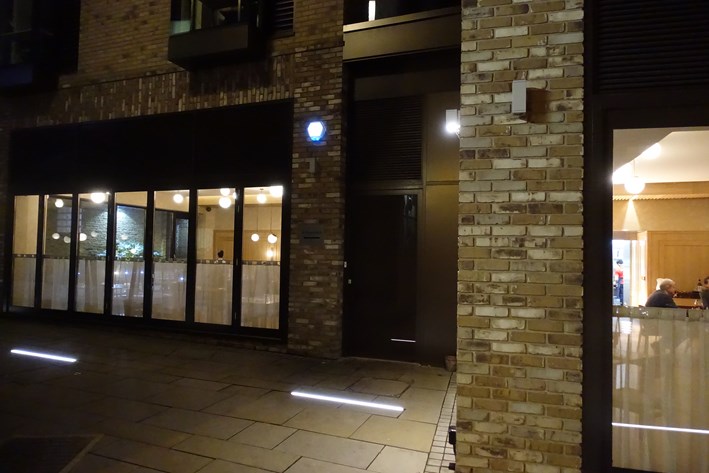


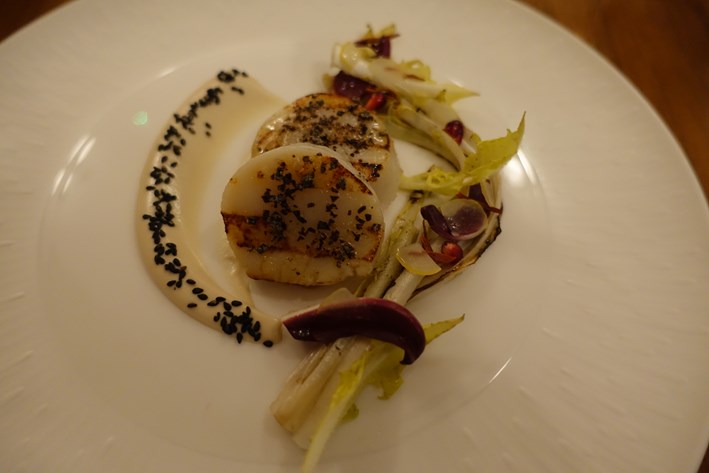

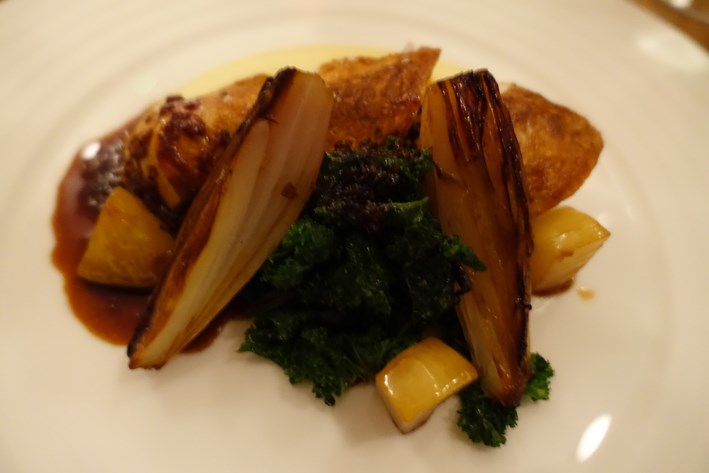
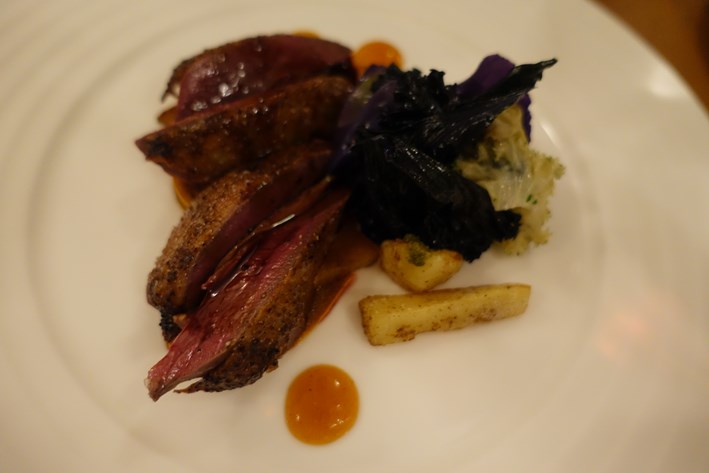
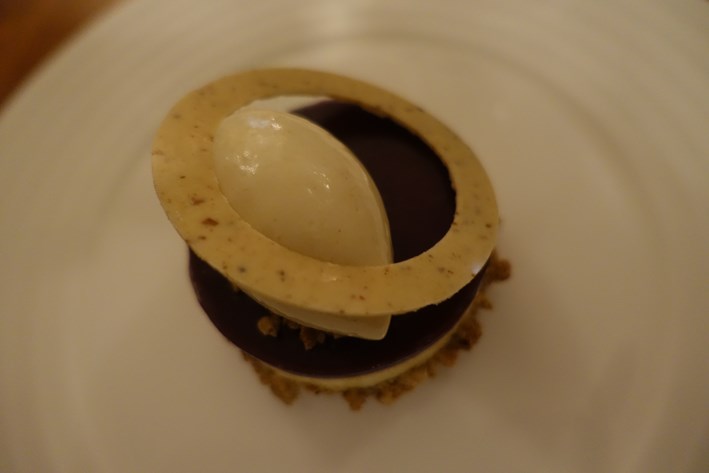

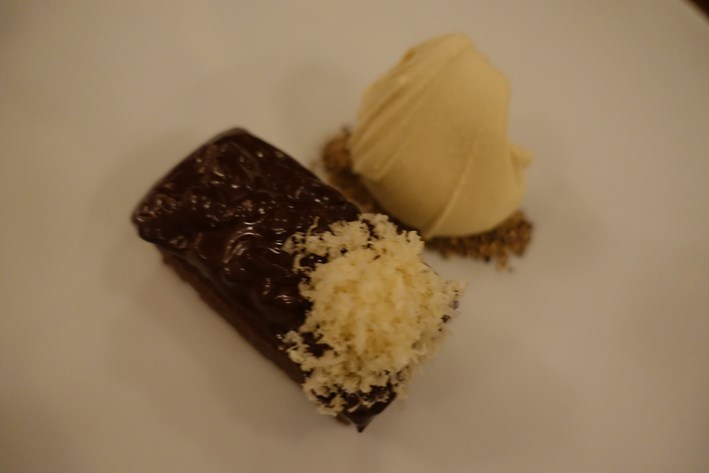


Paul Eyre
Went to Trivet last Thursday it was incredible. The Hokkaido Potato desert was amazing as was all the other dishes we had the pleasure to eat - lov d it